Can India become an economic powerhouse?
The two major reforms in labor and land policies being politically sensitive will be a dampener if not implemented. These are political decisions much like the aborted advantageous farm reforms.
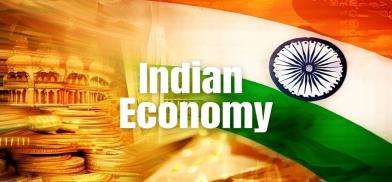
The progress and development of a nation is not in its political ventilations but in a measure of its economy. The development of a nation is not dependent on texts or idols but on ideals, ideas, and innovations. The wellness of people is not based just on sentiments but more importantly on the standard of living. There is no wealth to be shared unless it has first been created. But all too often the issue of wealth creation and wealth creators are misunderstood, neglected, or even rejected, often subsumed by political rhetoric and compulsions.
Society and economy
Societies are critical to the economy in deciding what and how goods and services should be produced in the country, more labor and less automation or vice versa, and how they should be distributed among people.
In a capitalist society goods in demand are produced that are in demand the goods produced and distributed based on purchasing power; the method of production is dictated by the cost of labor and capital – whichever is cheaper. In a socialist society, the government assumes it knows best and decides what and how goods are produced per the needs of society. It is assumed that the government knows what is good for the people of the country and so the desires of individual consumers are not given much importance. Distribution is decided on the need. In mixed economies where the government and the market together decide what and how to produce and how to distribute what is produced. In a mixed economy, the market will provide whatever goods and services it can produce well, and the government will provide essential goods and services which the market fails to do.
The changing canvas
The concept of global village and world trade is a great disrupter in all these traditional arrangements, though one of these remains the basic nature of society and economy. With the distributed developments in technologies, capacities to manufacture, and specialized workforce in different parts of the world, the interdependency of societies and nations has become very pronounced and integral for the economic growth of a nation. Progress and development of a Nation has to deviate from the traditional ways of managing the economy.
Soon after WWII, in the late 1940s, India, China, Indonesia, Japan, S Korea (a few years later), and other SE Asian countries were at the same starting point. All followed their hybrid methods to establish strong economies. India has become a laggard in this area as it was reluctant to embrace a hybrid path and chose to remain on a socialist glide path. India is primarily a domestic demand-driven economy, with consumption and investments contributing to 70% of the economic activity.
Exports fared remarkably well during the pandemic and aided recovery when all other growth engines were losing steam in terms of their contribution to GDP. Going forward, the contribution of merchandise exports may waver as several of India’s trade partners witness an economic slowdown. According to Piyush Goyal, Minister of Commerce and Industry, Consumer Affairs, Food and Public Distribution and Textiles, Indian exports are expected to reach US$ 1 trillion by 2030.
Over the years, the Indian government has introduced many initiatives to strengthen the nation's economy. The Indian government has been effective in developing policies and programmes that are not only beneficial for citizens to improve their financial stability but also for the overall growth of the economy. Over recent decades, India's rapid economic growth has led to a substantial increase in its demand for exports. Besides this, a number of the government's flagship programmes are aimed at creating immense opportunities in India.
According to the World Bank, India must continue to prioritise lowering inequality while also putting growth-oriented policies into place to boost the economy.
Key areas for follow-up
Projections are just that until the targets are achieved. Target can be reached only through concurrent actions. While the Government has stepped up capital investments in a big way, Foreign and private sector capital investments have not kept pace for various reasons. In an ecosystem of globalized trade, the nation’s economy will look to three areas for real progress.
Favourable balance of payments.
India is set to post a balance of payment deficit for the second straight year this fiscal, which would be the first such instance in two decades. India’s balance of payments has maintained a negative path these past two years because of the geopolitical tensions including sanctions all over the world, slow recovery, after the coronavirus pandemic, of Western economies and increased local consumption.
Foreign and domestic investments
According to Rohit Kapur, Managing Director, Dezan Shira & Associates “India is a well-developed market, characterized by a compelling growth narrative supported by strong macroeconomic fundamentals. The entry of a substantial workforce into the formal economy, a population equipped with digital capabilities, and the evolution of a thriving innovation ecosystem collectively contribute to the formation of an extensive talent pool”. Yet higher commodity prices, better growth in India compared to the rest of the world, and higher global interest rates amid cautious risk appetite could keep the C/A (current account) deficit-wide and contain capital inflows in FY24.
·Ease of doing business (including infrastructure)
India has emerged as one of the most attractive destinations not only for investments but also for doing business. India jumps 79 positions from 142nd (2014) to 63rd (2019) in the World Bank's Ease of Doing Business Ranking 2020. This still falls short of where India should be to attract more investments. The problem is that we were late to take off and catching up is not easy.
Infrastructure is being built at a furious pace. The two major reforms in labor and land policies being politically sensitive will be a dampener if not implemented. These are political decisions much like the aborted advantageous farm reforms. The more important labor reforms will culminate into four central labor codes covering wages; social security; occupational safety, health and working conditions; and industrial relations. These new labor codes are authored based on the International Labour Organization (ILO) standards and a consultative process involving various stakeholders.
Unless there is a political will to take tough decisions on policies, the feeling is once again India may miss the bus.
(The author is an Indian Army veteran and a contemporary affairs commentator. The views are personal. He can be reached at kl.viswanathan!@gmail.com )
It's always exciting to read articles from other writers and practice a little something from other websites.




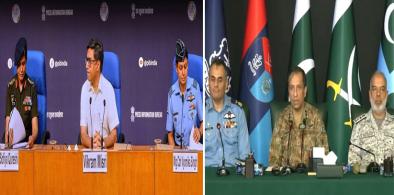
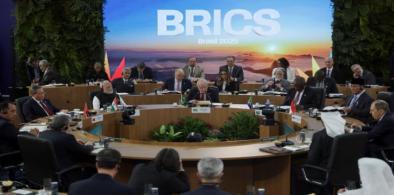
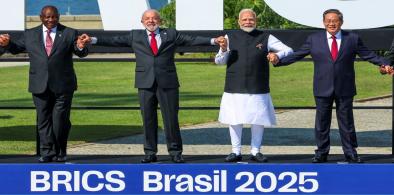


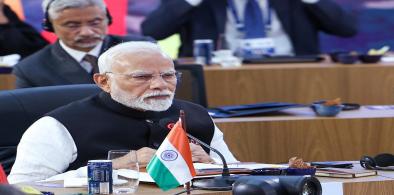
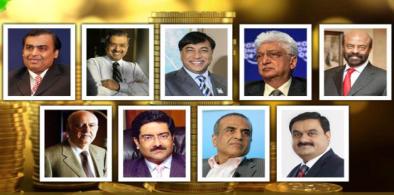
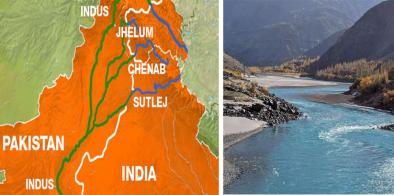








Post a Comment